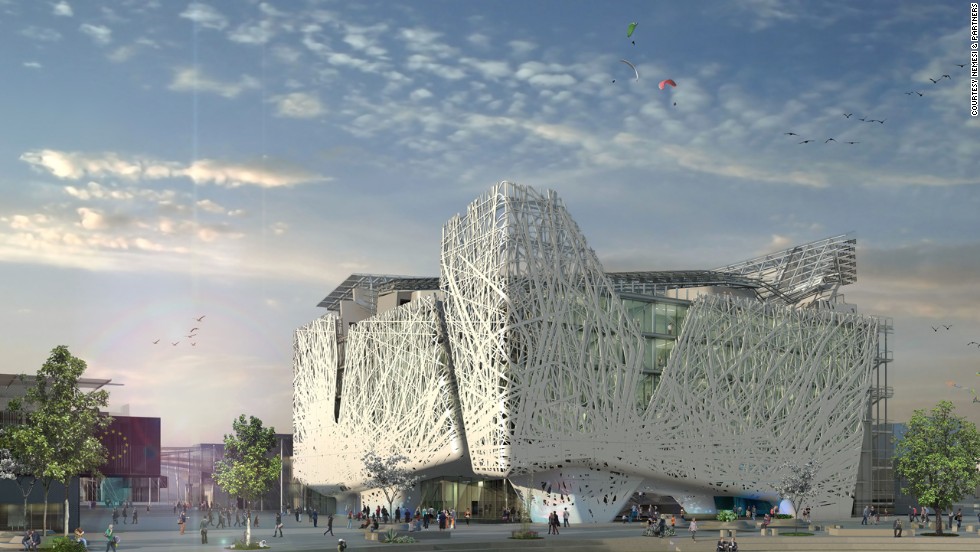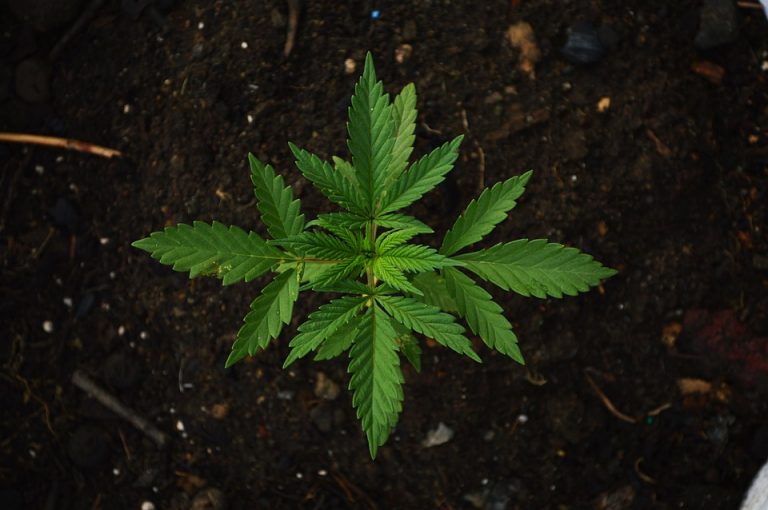
Image Source: CNN
Green technology refers to a movement that has caught on in recent years. Green technology’s primary focus is to use renewable energy sources to help improve the planet and help reverse the effects humans are having on the environment. There have been many breakthroughs and products in green technology, and this article will go over one recent development.
Smog-Eating Buildings
Air pollution has become a huge issue in many large cities around the world. It is the leading cause of death in the environment, according to the World Health Organization. The World Health Organization says that over six million people died in 2012 as a result of breathing polluted air. The Pacific and Southeast Asia regions of the world suffered the most losses, reporting over 2.4 and 2.2 million deaths. The cities are starting to turn to green technology solutions to alleviate or fix this problem. A new green technology that has become popular in Mexico City and the Italy Pavilion is commonly referred to as ‘smog-eating’ technology. The Manuel Gea González Hospital in Mexico City is a perfect example of this phenomenon. The city has covered the hospital with over 2,500 square meters of ‘smog-eating’ technology.
Elegant Embellishments
Smog-eating technology was first manufactured by Elegant Embellishments. Elegant Embellishments is a research and design manufacturing studio that was based out of London, England until 2009, when the headquarters moved to Berlin, Germany. The company was founded in 2006 and prioritizes green technology solutions for the biggest problems the world is currently facing. Their most recent development that is being utilized in cities around the world is ‘smog-eating’ building coverings.
Smog-Eating Technology
This technology is made by coating honeycomb-shaped tiles with titanium dioxide. Titanium dioxide reacts to sunlight and can be used as a catalyst for the chemical reactions that are needed to create the smog-eating technology. As soon as ultraviolet rays hit the honeycomb-shaped tiles, a response occurs, and this converts mono-nitrogen oxides into substances like calcium nitrate and water. The tiles don’t wear out or lose their effect as time goes on, so they can keep converting mono-nitrogen oxides forever. Officials in Mexico City hope that the hospitals smog-eating covering can reduce the impact of 1,000 to 1,100 car emissions and clean the air in the hospital’s immediate vicinity.
Cost and Materials
The material used to create the smog-eating technology can add four to five percent on to the building construction cost. While this is more expensive initially, it can cut building maintenance costs along with general upkeep. The smog-eating material is made of 80 percent recycled materials. The titanium dioxide coating is now being developed so that it can be painted directly on any building surface. It is also self-cleaning because the titanium dioxide interacts with sunlight and converts the smog into harmless elements that cascade off the buildings and can be washed away by rainwater.
Other Examples of This Technology
Milan showcased this innovative green technology at the World’s Fair this past May. Italy has also covered its Pavillion building with over 5,000 meters of specially designed concrete that have titanium dioxide mixed right into it. This will break down nitric and nitrogen oxides as a reaction to being hit by sunlight. This building also has rooftop solar panels designed to help the building power itself during the daylight hours. This particular concrete is referred to as Tiocem, and Tiocem can be used in the construction of housing projects, roadways, in highway sound buffering walls, and roofing tiles. The Netherlands is beginning to incorporate smog-eating pavement. They tested this particular pavement on one square city block, and reports came back of the pollution levels being cut by as much as 45 percent in ideal weather conditions, with around a 19 percent cut on an ordinary day. This could be excellent news for Los Angeles, a city that has many urban areas and highways. Chicago has already installed this pavement on sidewalks and bicycle lanes all over the city.
Green technology opens the doors for new and innovative ways to fight the global pandemic of pollution. Companies are coming up with more and more ways to help the environment and improve the world for future generations. Green and Growing recently covered a few similar smog solutions.
Article Contributed by Craig:
Craig is a contributor and editor at Green and Growing, a green energy and news website that covers everything from pollution and renewable energy to climate change and organic food. He loves to spend all the time he can outdoors and find every excuse to leave his house. If you can’t get a hold of him, he is probably on a trail or a boat.





Leave a Comment